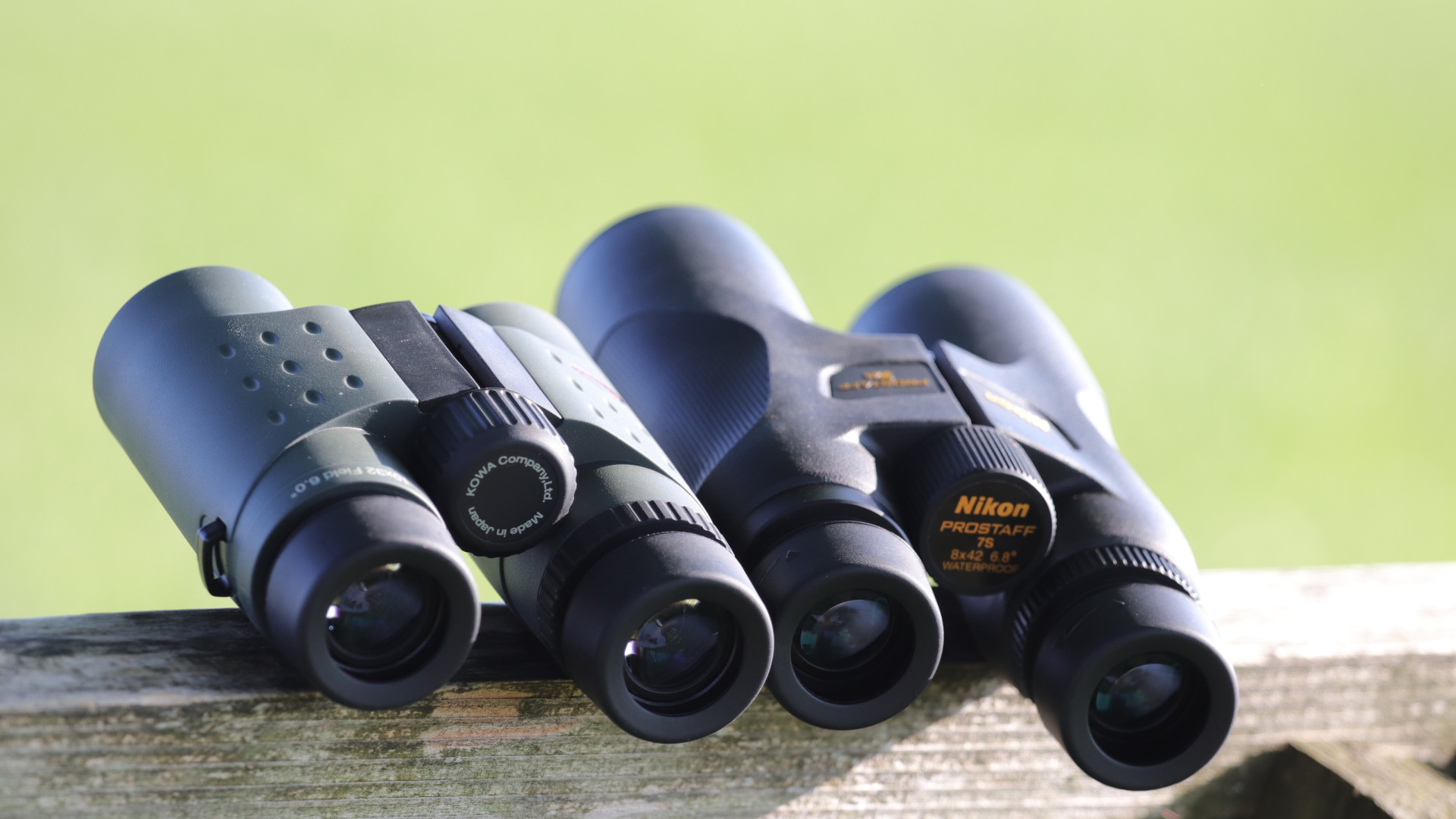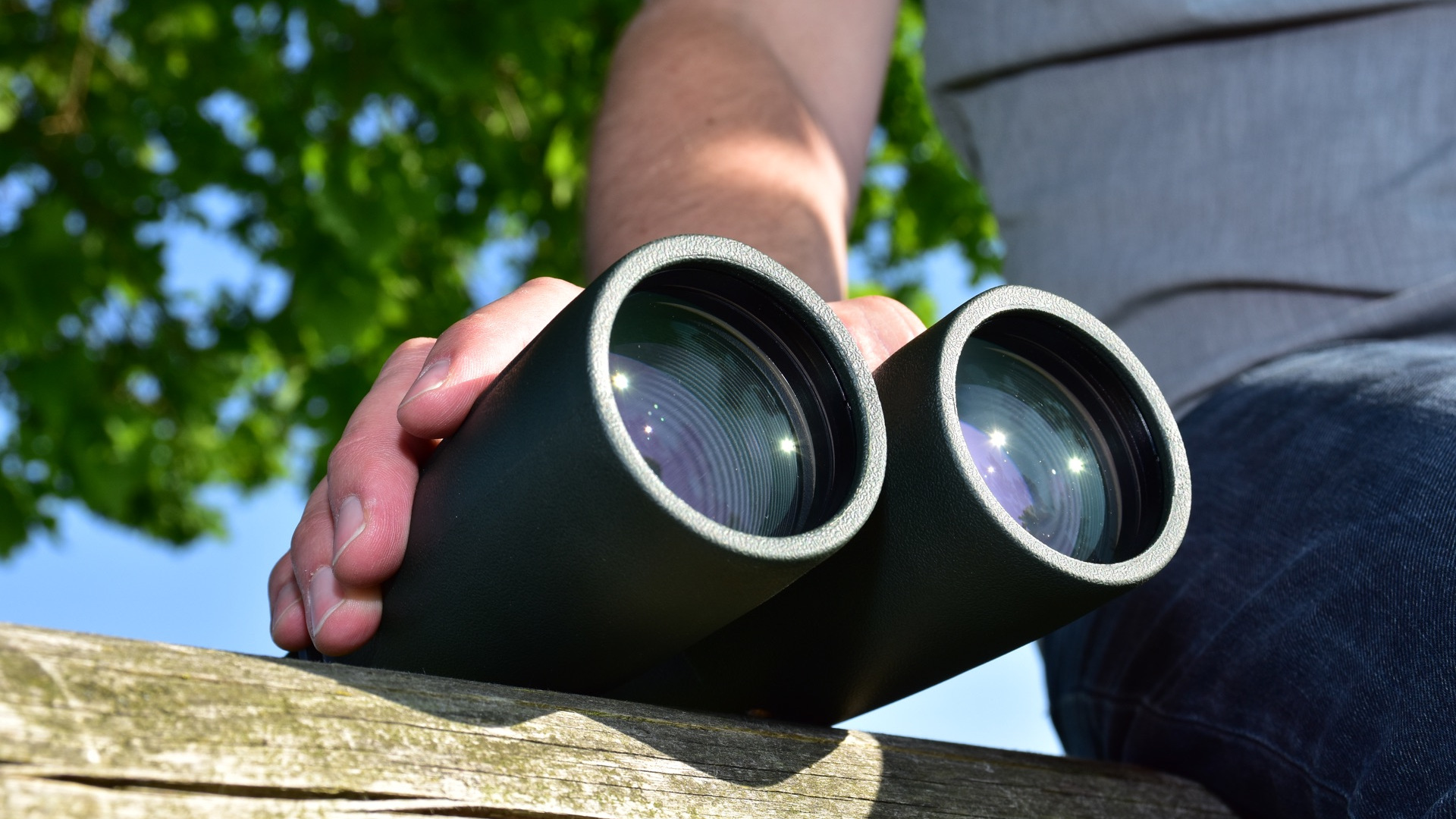Twilight factor
A short tour of the twilight performance of binoculars. This article shows you how to determine it.

The twilight factor of binoculars is a function of the objective lens diameter and the magnification, and is between around 5 and 20. The higher it is, the better the resolution (performance) in twilight.
A distinction is made between the performance factors for twilight, night and day. The effective performance of binoculars is determined by the quality of the optics.
The twilight factor T is defined as:
- T = square root of (O x M)
- O: objective lens diameter in millimetres
- M: magnification
The twilight performance P_T is often estimated by means of [1]:
P_T = T * 0.3
The daytime performance P_D depends only on the magnification:
P_D = 0.6 * M
The nighttime performance P_N is primarily determined by the lens diameter:
P_N = 0.1 * O
The entrance pupil of the eye, EP, limits the beam of rays. The product of the pupil aperture and magnification defines the usable aperture of binoculars:
O_effective = EP * M
Night glasses are usually designed for a pupil aperture of 5 mm. Used in the above equation leads to the approximation:
T = M * 2

